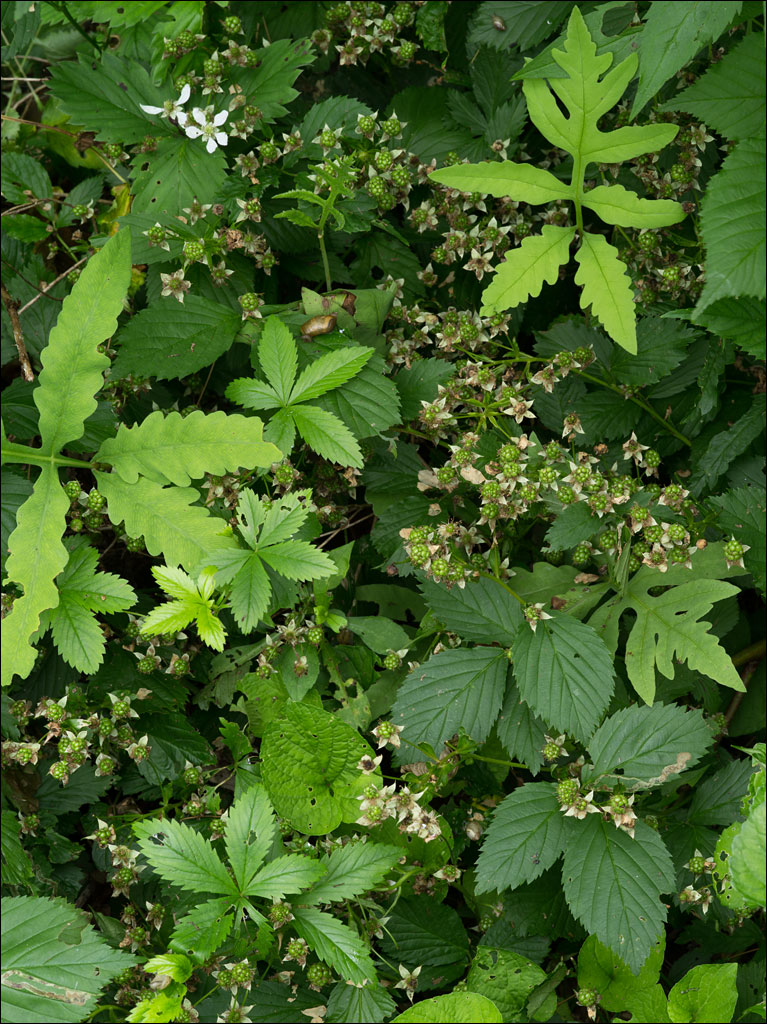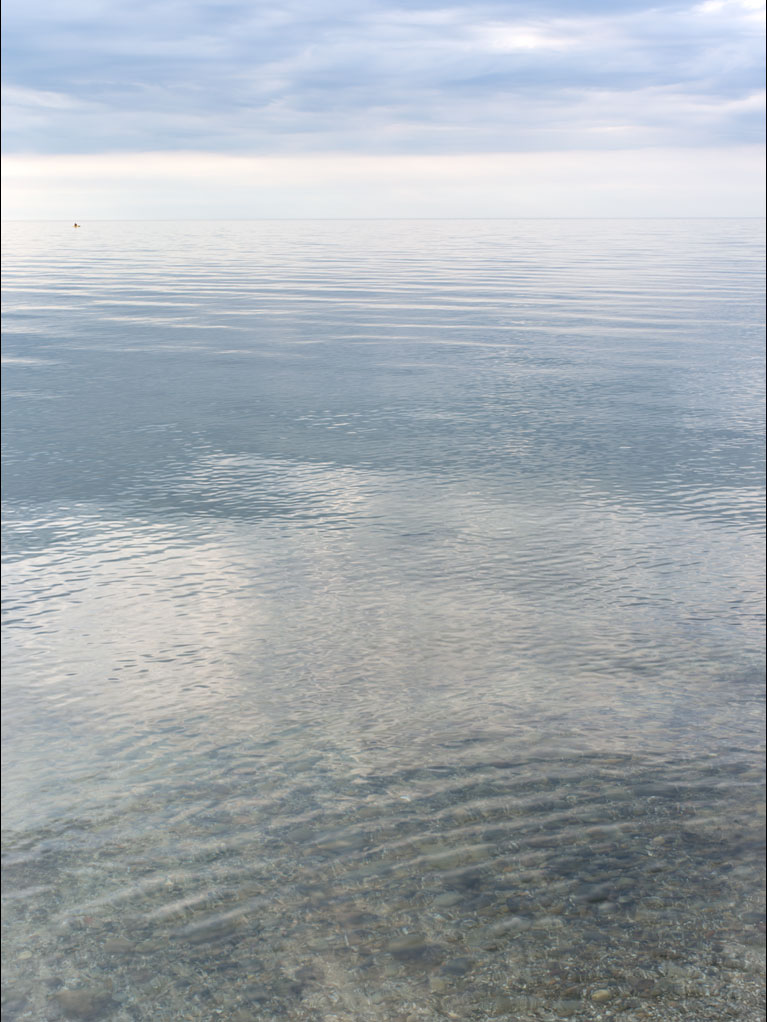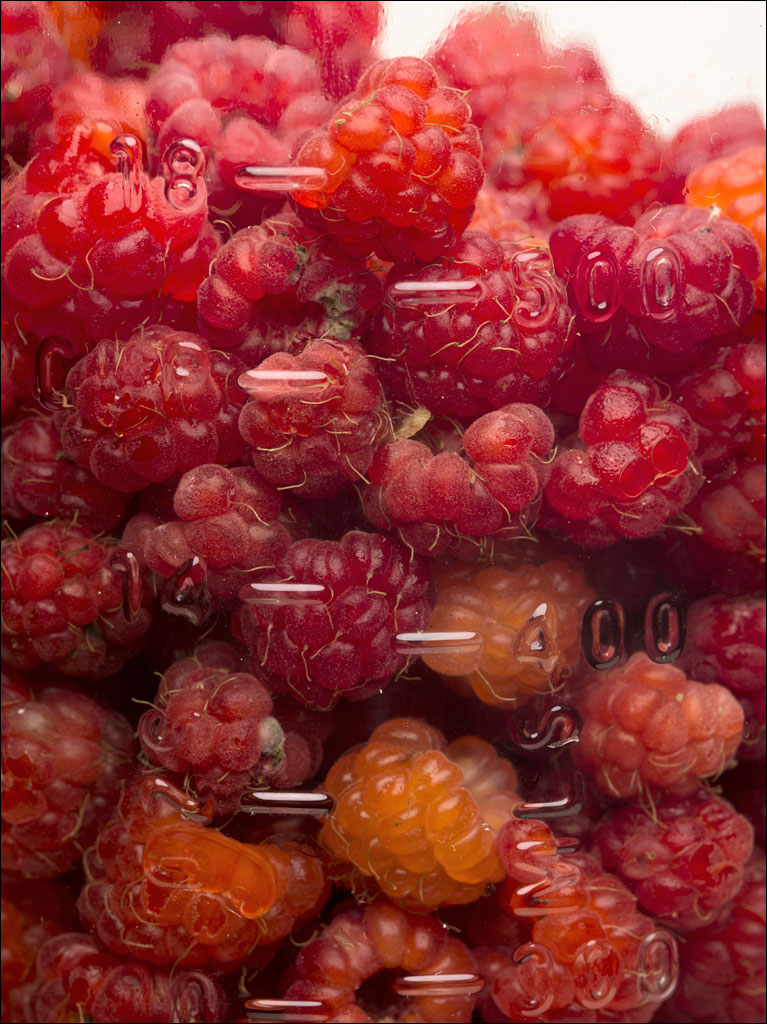 Naomi and I were collecting raspberries this evening. We have three or four varieties on our land, perhaps more. This year has been very good. We normally get only a handful, but we have collected a couple of pints so far. Click on the image for a larger view of this jar of fruit.
Naomi and I were collecting raspberries this evening. We have three or four varieties on our land, perhaps more. This year has been very good. We normally get only a handful, but we have collected a couple of pints so far. Click on the image for a larger view of this jar of fruit.
Tag Archives: Pentax 645D
Tomatoes in July
 The summer in Maine has very little margin for error for growing tomatoes. A cool summer can leave us with a lot of unripened green fruit by the end of the season. We did pick a few of our first tomatoes this week, but many of our plants are still in bloom. Click on the image for a larger view. (While tomato flowers attract the usual pollinators you except to see, we were surprised to see our hummingbirds feeding from them.)
The summer in Maine has very little margin for error for growing tomatoes. A cool summer can leave us with a lot of unripened green fruit by the end of the season. We did pick a few of our first tomatoes this week, but many of our plants are still in bloom. Click on the image for a larger view. (While tomato flowers attract the usual pollinators you except to see, we were surprised to see our hummingbirds feeding from them.)
Tsukido Hachiman—Tokyo Landscape
 It is no secret that Tokyo is a sea of buildings. Its reputation of using every inch of space is hard to imagine until you have been there. What is less known is the topography of hills and valleys throughout the city.
It is no secret that Tokyo is a sea of buildings. Its reputation of using every inch of space is hard to imagine until you have been there. What is less known is the topography of hills and valleys throughout the city.
On the top of a hill in Shinjuku ward is Tsukido Hachiman Shrine. In its day, the shrine would have been a prominent site overlooking Edo. Today, it is hidden beneath layers of buildings. However, in spring, the cherry trees lining the approach make it hard to miss.
The stone gate, or Torii, dates from 1726 and is all that remains of the original shrine that was lost in the fire bombing of Tokyo during World War II. The bamboo trees attached to the front of the gate are in preparation for the new year celebration. The small area to the left of the gate is a children’s playground. Click on the image for a larger view.
This image is an outtake from Earth, Water, Fire, Wind, Emptiness: Tokyo Landscape. It is one of the over 4,000 images that did not make it into our book.
Blackberries in July
Takadanobaba—Tokyo Landscape
 Takadanobaba is a town between Ikebukuro and Shinjuku. It is fairly much residential with a few universities and colleges in and around the area. This particular place is where the Zenpukuji river flows into a subterranean channel—it later resurfaces when it joins the Kanda river.
Takadanobaba is a town between Ikebukuro and Shinjuku. It is fairly much residential with a few universities and colleges in and around the area. This particular place is where the Zenpukuji river flows into a subterranean channel—it later resurfaces when it joins the Kanda river.
This image is one of the many outtakes of the Earth, Water, Fire, Wind, Emptiness project. Less than 2% of the images I took in Tokyo appear in the book.
Lake Erie
June Forest
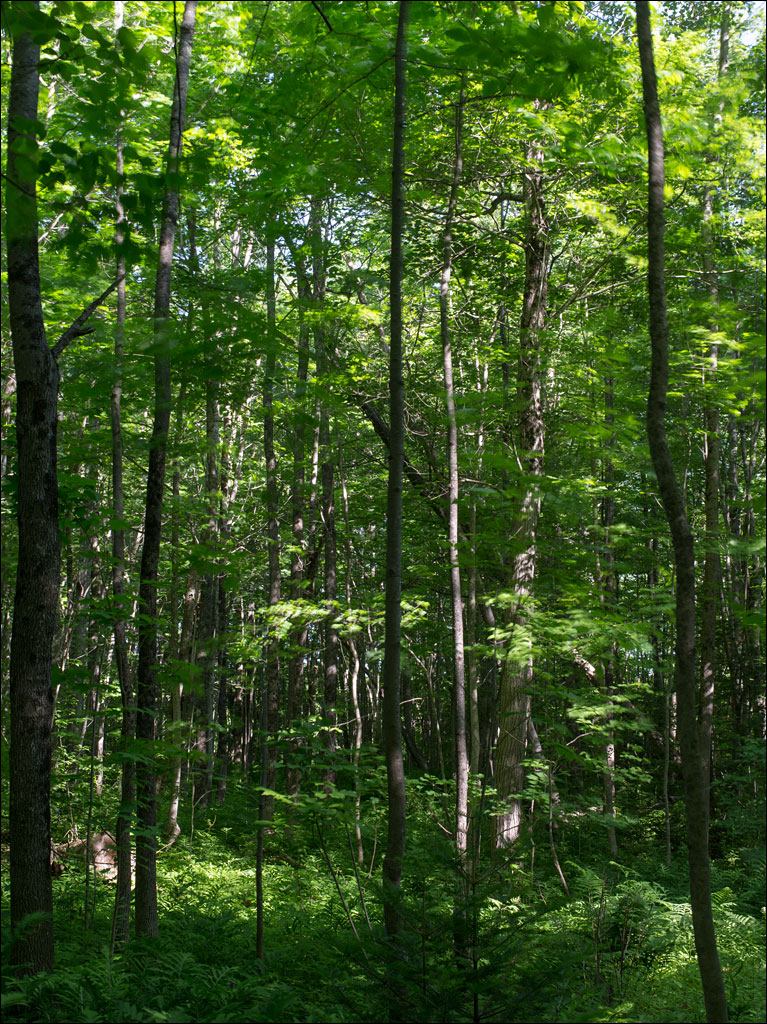 Our forest takes a richness this time of year that is striking. It was only about a month ago the foliage started to return. But now, the greens are deep. The foliage claims what was empty space. In summer, while most of the world is in light, the forest is in shadow. Click on the image for a larger view.
Our forest takes a richness this time of year that is striking. It was only about a month ago the foliage started to return. But now, the greens are deep. The foliage claims what was empty space. In summer, while most of the world is in light, the forest is in shadow. Click on the image for a larger view.
Virginia Spiderwort
 Virginia Spiderwort, Tradescantia virginians, is found throughout the eastern US. The leaves, young shoots, and flowers are edible—raw or cooked. Native Americans ground the leaves into a poultice for insect bites. Our garden has this plant growing wild with blue, pink, and the rarer white blossoms.
Virginia Spiderwort, Tradescantia virginians, is found throughout the eastern US. The leaves, young shoots, and flowers are edible—raw or cooked. Native Americans ground the leaves into a poultice for insect bites. Our garden has this plant growing wild with blue, pink, and the rarer white blossoms.
Not all spiderworts are edible, there are about 75 species. Some are toxic for cats or dogs. Click on the image for a larger view.
Wildlife is (not) cute…
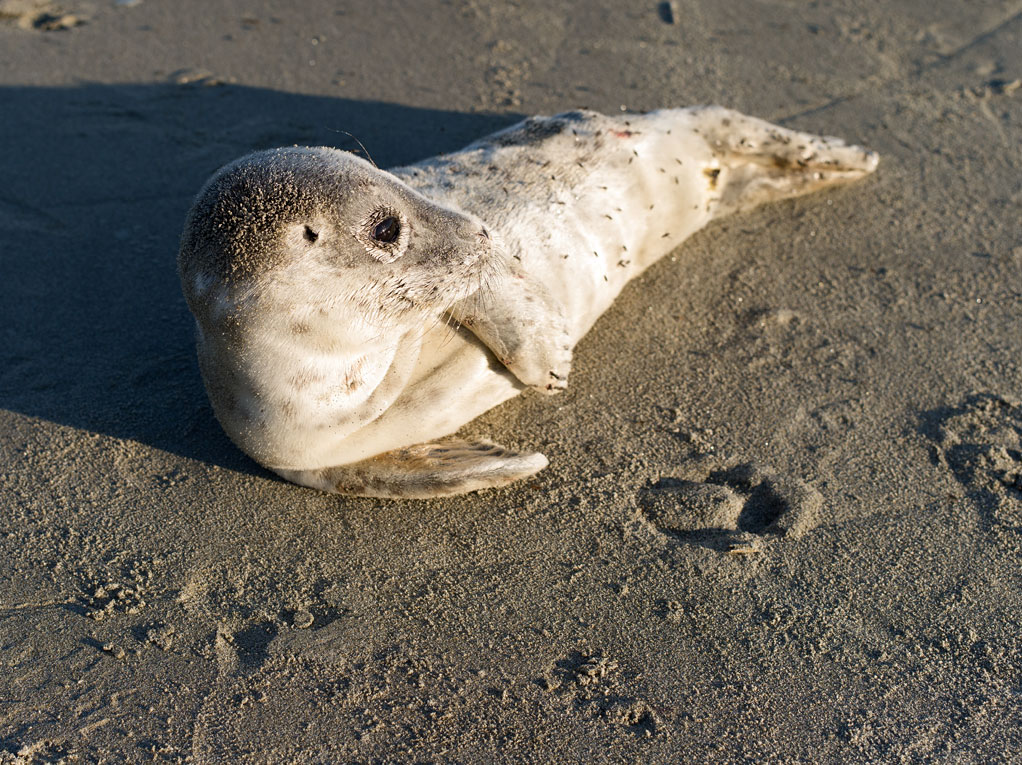 Wildlife looks cute, like this harbor seal pup, but they will not think of you as cute. Marine mammals are found along the coast of Maine. If you think an animal is injured or abandoned, call Maine Marine Animal Reporting Hotline at 1-800-532-9551. Do not approach the animal or try to handle it—not only is it illegal to handle marine mammals, but also they will bite. Appearances can be deceiving; mothers can leave their pups on a beach for up to 24 hours. Click on the image for a larger view.
Wildlife looks cute, like this harbor seal pup, but they will not think of you as cute. Marine mammals are found along the coast of Maine. If you think an animal is injured or abandoned, call Maine Marine Animal Reporting Hotline at 1-800-532-9551. Do not approach the animal or try to handle it—not only is it illegal to handle marine mammals, but also they will bite. Appearances can be deceiving; mothers can leave their pups on a beach for up to 24 hours. Click on the image for a larger view.
The Arrival of Spring
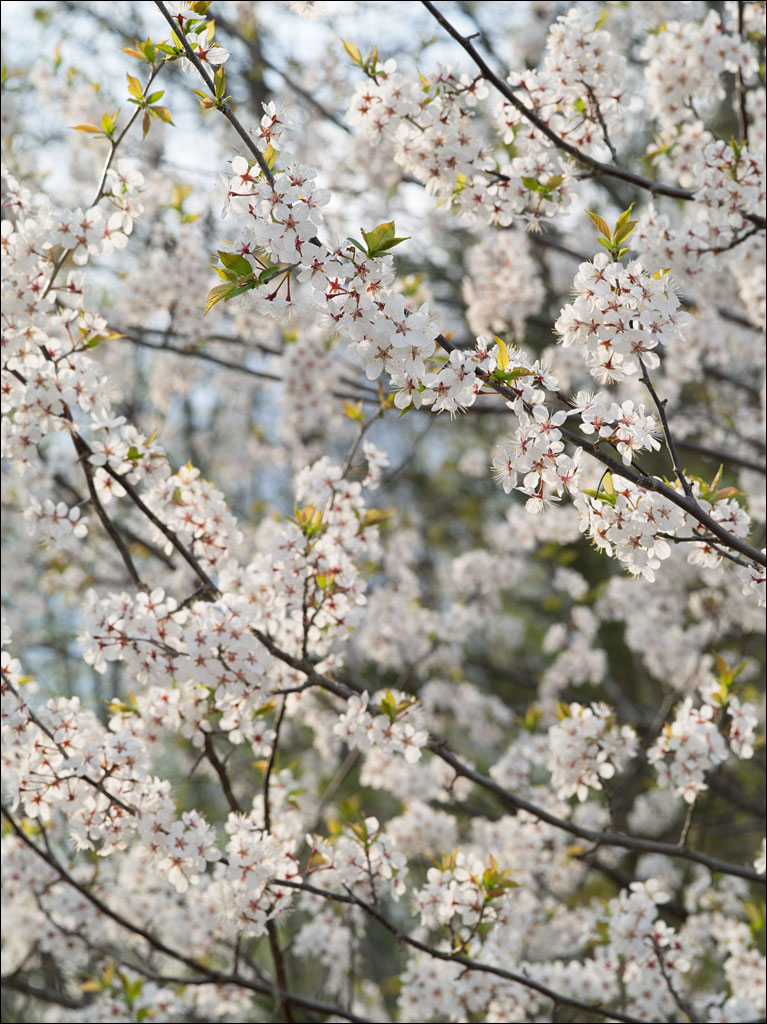 Our wild plum have just come into blossom. These flowers mark the first sign of spring. Our forest trees are just showing their new foliage and fern and other forest plants are spouting. And while the new green is wonderful, the white flowers of our plum is magical. Later in the summer, we hope to harvest some fruit from these trees. Click on the image for a larger view.
Our wild plum have just come into blossom. These flowers mark the first sign of spring. Our forest trees are just showing their new foliage and fern and other forest plants are spouting. And while the new green is wonderful, the white flowers of our plum is magical. Later in the summer, we hope to harvest some fruit from these trees. Click on the image for a larger view.

